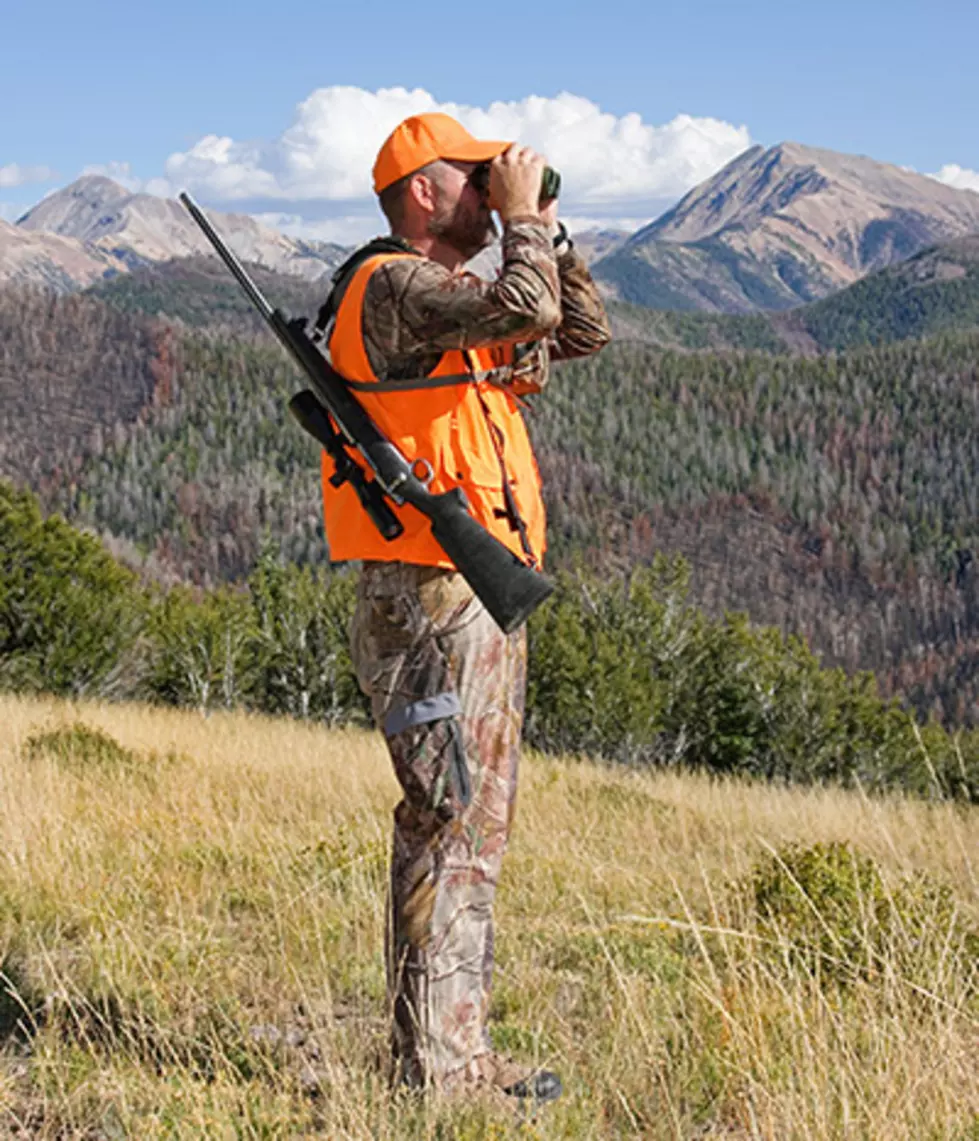
Legislation enlists Montana hunters in effort to curb suicides
Hunters are just one group of gun owners in the state, but educating them about suicide prevention may help keep a few more Montanans alive.
That’s the intent behind House Bill 582 sponsored by Rep. Mary Ann Dunwell, D-Helena, which would require Montana Fish, Wildlife & Parks to distribute suicide prevention pamphlets to all those attending hunter education courses.
The bill passed the House Fish and Wildlife Committee 10-8 on Tueday.
Dunwell carried the bill but owes the idea to Rio Agard Shively, a University of Montana political science major, who wanted to do something about Montana’s increasing rate of suicide. Having grown up hunting, the UM senior remembered all the safety he’d learned in hunter’s education and thought that was one place where adding education might make a difference.
For the past 30 years, Montana has ranked in the nation’s top five states for suicide rate, but last year, it took the No. 1 spot. Last year was also the first year that suicide surpassed car accidents as the No. 1 cause of injury-related deaths.
Montana has many aspects that tend to contribute toward higher rates of suicide: higher altitudes and limited sunshine during the winter, which cause physiological problems, and the social isolation and tough attitudes of rural areas, where depression is considered a weakness.
But easy access to firearms is a huge factor.
In 2016, a study in the American Journal of Public Health found a direct correlation between the average firearm ownership rate for each state and the average firearm suicide rate. Montana has the second highest gun ownership rate – 68 percent – and between 1981 and 2013, Montana had the third highest suicide rate. The only state with a higher gun ownership was Wyoming with 72 percent and it had the highest suicide rate at the time. Meanwhile, Hawaii has the third lowest suicide rate and only 12 percent of households own guns.
Nationwide, 51 percent of suicides are shootings, but in Montana, guns are used in 62 percent of suicides, mostly by men, according to the DPHHS. More distressing, guns were used in 65 percent of youth suicides in Montana over the past 10 years.
Rep. Marvin Weatherwax Jr., D-Browing, said a Native American girl shot herself with a hunting rifle a few days ago, and she might not have if such a pamphlet was lying around the house.
A few of the proponents mentioned family members who had shot themselves. Retired physician John Mott said he’d seen many firearm casualties who were brought into the hospital where “it’s too late for intervention.” The pamphlets would raise awareness of the signs of suicide and promote safer storage of firearms, Mott said.
Dunwell said HB 582 had the support of the National Shooting Sports Association and the American Foundation for Suicide Prevention. National Rifle Association spokesman Brian Judy indicated the NRA would probably support it but he needed to talk to the NRA board.
Still, Rep. John Fuller, R-Kalispell, said he wouldn’t support the bill because he saw it as a way to undermine the right to own guns.
Proponent Angela Dancy of Dillon said 11 years old, the age many youngsters take hunter’s education, is a “crucial time to educate on suicide prevention,” right before they enter the angst-filled teenaged years.
“My second reason is a dark but obvious point. Many youths who commit suicide do so with firearms so educating them on the alternatives to suicide before allowing them to access firearms is just a logical policy,” Dancy said in a written statement.
Merely owning a gun doesn’t prompt someone to take their life. Stress and mental illness particularly depression or alcoholism, play a role in most cases. If there isn’t a support system, as is the case in many rural areas, guns can appear to provide a means of escape.
Reducing gun ownership is not an option, so educating gun owners and users about warning signs and ways to get help are needed. Youngsters attending hunters education seem a prime audience for such information.
Legislators said they knew hunter’s safety teachers, who said they didn’t want to have to talk about suicide. Dunwell said they wouldn’t need to – they would just hand out the pamphlet.
The Department of Health and Human Services would produce the pamphlets at a cost of about $3,500 a year out of the general fund. FWP could potentially include the information in the manual they already publish, Dunwell said.
“Whatever it looks like, it’s the information that is important,” Dunwell said.
“We don’t want to stay No. 1.”
